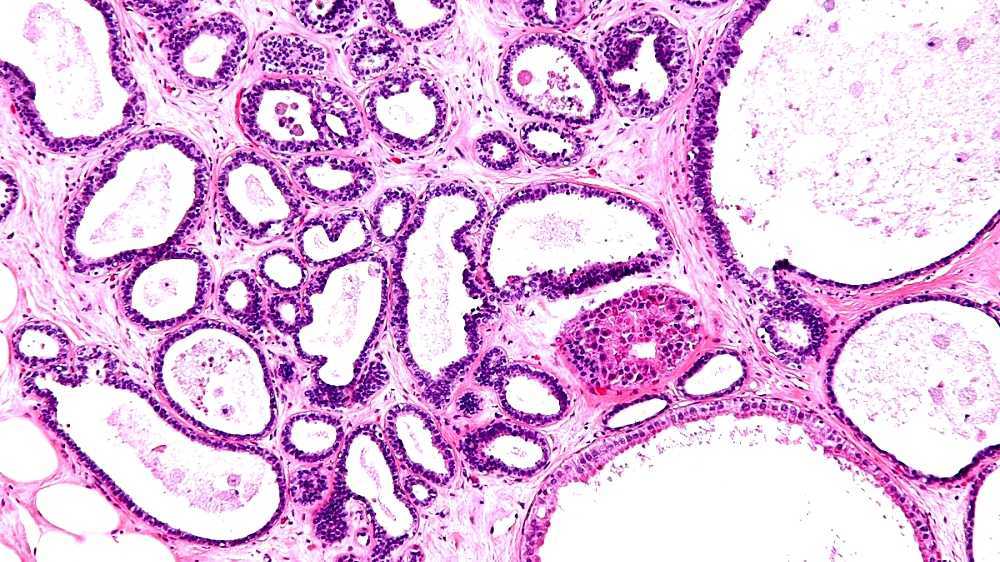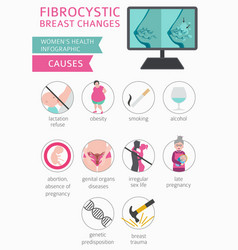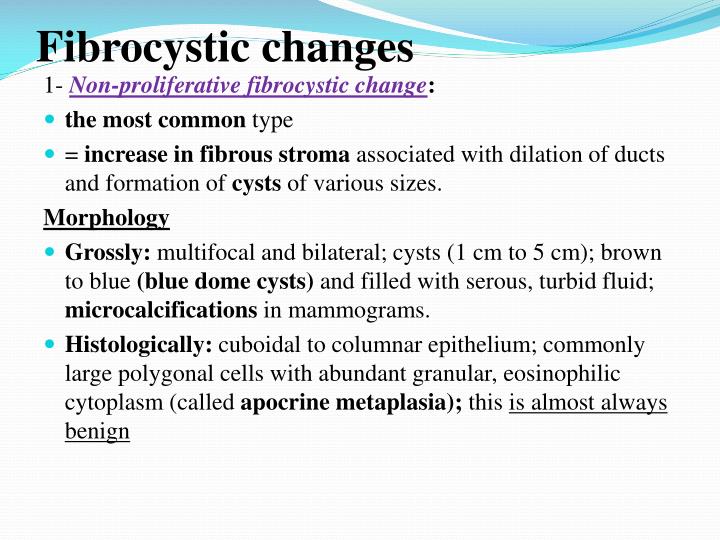

But it might be a sign of an underlying condition that requires treatment. Nipple discharge is rarely a sign of breast cancer. Intraductal papilloma (a benign growth in a milk duct.).Fibrocystic breasts (which tend to feel lumpy or have a ropelike texture when checked by a health care provider.).Possible causes of nipple discharge include: The discharge affects only a single duct.The discharge is spontaneous and persistent.The discharge contains blood or is clear.However, breast cancer is a possibility, especially if: Often, nipple discharge stems from a benign condition. If the biopsy confirms a papilloma, your doctor will refer you to a surgeon to discuss treatment options. You may also need a biopsy to confirm that it's a papilloma or to exclude a cancer. Although the bloody discharge may resolve on its own, your doctor will likely recommend a diagnostic mammogram and a breast ultrasound to see what's causing the discharge. The discharge associated with a papilloma often occurs spontaneously and involves a single duct. The milky discharge after breast-feeding usually affects both breasts and can continue for up to two or three years after stopping nursing.Ī papilloma is a noncancerous (benign) tumor that can be associated with bloody discharge.

It may also be associated with menstrual hormone changes and fibrocystic changes. Nipple discharge is a typical part of breast function during pregnancy or breast-feeding. The consistency of nipple discharge can vary - it may be thick and sticky or thin and watery. The discharge can involve a single duct or multiple ducts. Discharge that isn't milk comes out of your nipple through the same ducts that carry milk. Nipple discharge may look milky, clear, yellow, green, brown or bloody. One or both breasts may produce a nipple discharge, either spontaneously or when you squeeze your nipples or breasts. Men who experience nipple discharge under any circumstances should be evaluated. It may not be cause for concern, but it's wise to have it evaluated by a doctor to be sure. Nipple discharge happens less commonly in women who aren't pregnant or breast-feeding. Nipple discharge during pregnancy and breast-feeding is normal.

Nipple discharge refers to any fluid that seeps out of the nipple of the breast.


 0 kommentar(er)
0 kommentar(er)
